NASA has initiated an ambitious new mission, partnering with SpaceX to explore the heliopause, the boundary where the solar wind from the sun meets interstellar space. The mission, set to launch in December 2024, aims to provide critical insights into the heliosphere’s structure and dynamics. This region plays a significant role in shielding Earth from cosmic radiation and is crucial for understanding the broader environment of our solar system.
David McComas, an astrophysicist and leading figure in this project, expressed excitement about the mission’s potential to enhance our understanding of solar and cosmic phenomena. The journey will take instruments to the point between Earth and the sun, allowing scientists to investigate how solar wind interacts with the interstellar medium.
Objectives of the Cosmic Expedition
The mission will utilize advanced technology and innovative methodologies to study the heliosphere, a region dominated by solar wind and magnetic fields generated by the sun. The heliopause marks the outer edge of this influence, beyond which lies the vast expanse of interstellar space. By examining this boundary, researchers hope to answer fundamental questions about solar activity and its impact on the solar system.
The project is part of a broader set of initiatives known as the “cosmic carpool,” designed to maximize research efficiency by coordinating multiple missions. Among these missions is the Parker Solar Probe, which has been gathering data since its launch in 2018, providing invaluable information about solar processes.
NASA aims to leverage the data collected from these missions to develop a more comprehensive picture of the heliosphere. This knowledge could have significant implications for space weather forecasting, which is essential for protecting satellites and astronauts from harmful solar events.
Collaboration and Future Prospects
This partnership between NASA and SpaceX signifies a growing trend towards collaboration between government space agencies and private enterprises. With SpaceX’s proven track record in launching payloads into space, the mission is expected to benefit from state-of-the-art technology and operational efficiency.
As the December launch date approaches, the scientific community is eager to learn more about the heliosphere’s boundaries and its implications for Earth. Understanding these dynamics not only enhances our knowledge of solar physics but also informs future exploration of outer space.
In conclusion, the upcoming mission represents a significant step forward in solar science, with the potential to reshape our understanding of the universe. With the leadership of experts like David McComas and the collaboration of organizations like NASA and SpaceX, the exploration of the heliopause is set to become a landmark achievement in astrophysics.







































































